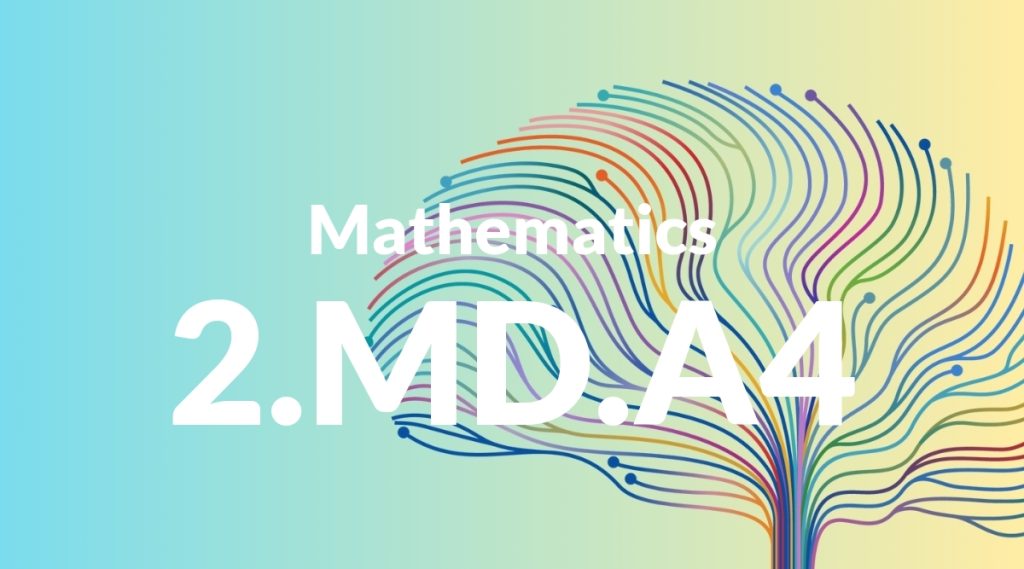Standard: 2.MD.A4 – Measure to determine how much longer one object is than another, expressing the length difference in terms of a standard length unit.
Grade level: Grade 2
Subject: Mathematics
Domain: Measurement & Data
Teacher Overview
This standard focuses on helping students understand how to measure and compare the lengths of different objects using standard units of measurement. Mastering this skill is crucial as it lays the foundation for more advanced measurement concepts and real-world applications. Students should be familiar with basic measurement tools like rulers and measuring tapes, and understand the concept of length and standard units of measurement.
After mastering this standard, students will be able to tackle more complex measurement tasks, such as calculating perimeter and area, and apply these skills in various real-world contexts.
Common Misconception 1
Some students might think that they can determine which object is longer just by looking at them, without measuring. This is incorrect because visual estimation can often be misleading.
Intervention 1
Provide hands-on activities where students use rulers to measure objects and compare their lengths, emphasizing the importance of accurate measurement.
Common Misconception 2
Another common misconception is that students believe they can estimate the length difference without measuring. This is problematic as it leads to inaccuracies.
Intervention 2
Reinforce the need for precision by having students measure both objects and calculate the exact difference in length, using practical examples.
Prerequisite Knowledge
Students should understand basic measurement concepts, be familiar with standard units of length (such as inches and centimeters), and have experience using rulers or measuring tapes.
Subsequent Knowledge
Students will develop skills in more complex measurement tasks, such as measuring perimeter and area, and will be able to apply measurement skills to real-world problems.
Instructional Activities
- Use rulers to measure and compare classroom objects.
- Create a chart to record and compare the lengths of different items.
- Engage in a scavenger hunt to find objects of specific lengths.
- Conduct experiments to measure and compare the growth of plants over time.
- Use measuring tapes to compare the lengths of different furniture pieces in the classroom.




